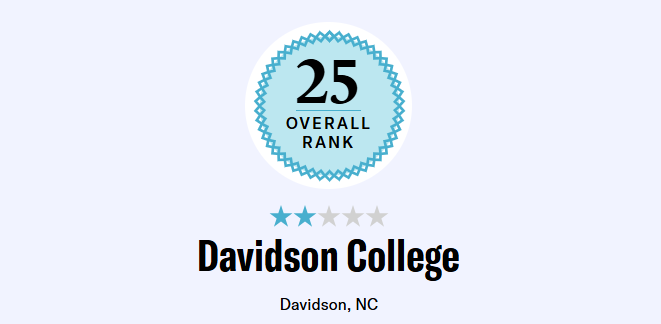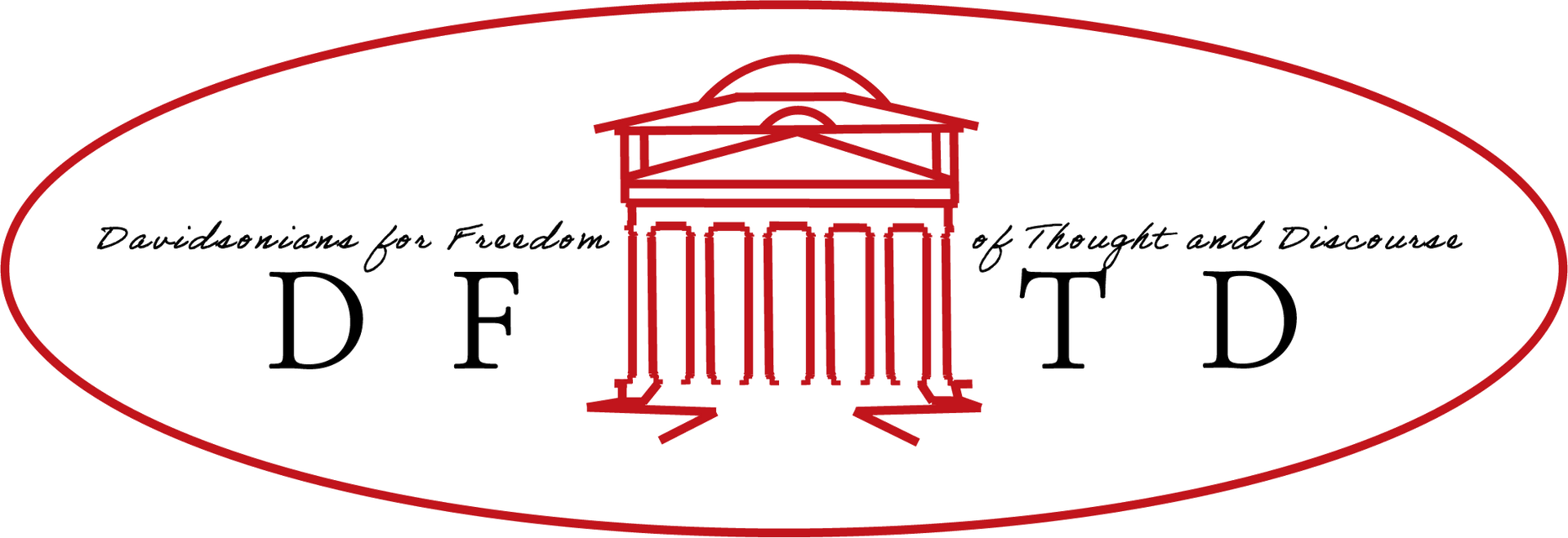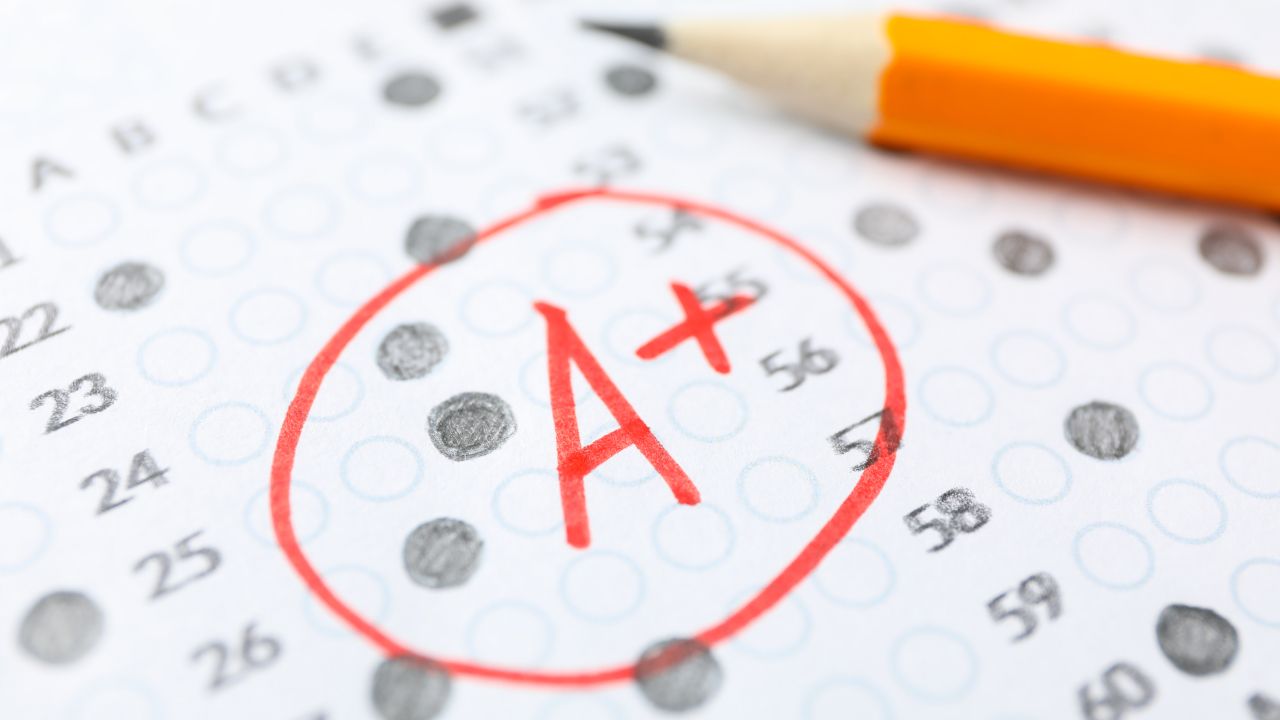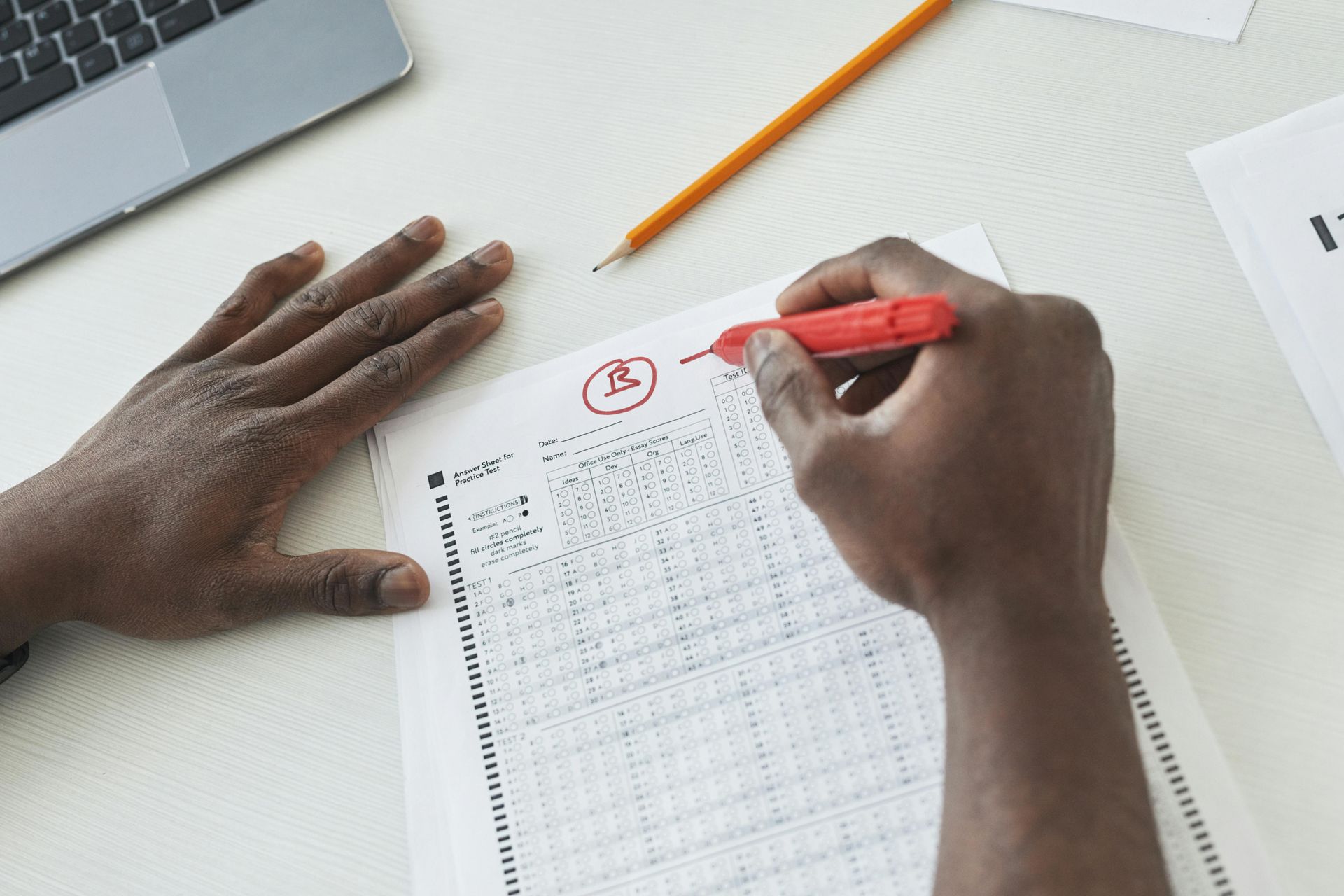The DEI Rollback of 2023
States start to limit programs that sow racial and political division.
The Wall Street Journal
Editorial Board
December 26, 2023
The diversity, equity and inclusion (DEI) bureaucracy on campus has proliferated in recent years, but there are signs it’s finally meeting resistance. The latest good news is from Wisconsin, where public universities will pare back some DEI programs and freeze them going forward.
Under a deal shaped by Wisconsin Assembly Speaker Robin Vos, the state approved $800 million in pay raises for university staff and for plans to build a new engineering building at the University of Wisconsin campus in Madison. In exchange, the university will freeze all DEI hiring, eliminate a third of DEI positions on campus, and create an endowed chair to teach “conservative political thought, classical economic theory or classical liberalism” at UW Madison. At least now there will be one conservative.
That’s a step forward at a school that has as many DEI staffers as history professors, according to Jay Greene at the Heritage Foundation. The DEI infrastructure is entrenched, but after an initial negative vote and negotiations, the UW Board of Regents approved the deal 11-6.
Democratic Gov. Tony Evers called the deal “obnoxious” and “B.S.,” according to WISN-TV. But lawmakers have an obligation to taxpayers not to fund policies that practice racial favoritism or promote hostility to equal opportunity.
Oklahoma’s Republican Gov. Kevin Stitt recently signed an executive order to stop funding many of the DEI programs in that state’s government. The order instructs universities to “review” DEI positions and programs and “restructure” or “eliminate” those not necessary for compliance or accreditation. The order specifies that executive state agencies cannot use state “funds, property or resources” for programs that “grant preferential treatment based on one person’s particular race.”
The order also prohibits the use of state money for DEI mandates or loyalty oaths that discriminate on the basis of racial identity or ideological viewpoint. Those litmus tests have been used to toxic effect in hiring at universities as well as state agencies. But the order protects “the academic freedom of any particular faculty member to direct the instruction within his or her own course.” So no censorship complaints, please.
The ideology of DEI was sold in the name of opportunity for all, but in practice it has become a cudgel for political conformity and racial grievance. It feeds the progressive narrative on campus that America is a land of oppressor and oppressed, as the explosion of antisemitism on campus has illustrated. Let’s hope more state legislatures follow the lead of Wisconsin and Oklahoma.
The body content of your post goes here. To edit this text, click on it and delete this default text and start typing your own or paste your own from a different source.



